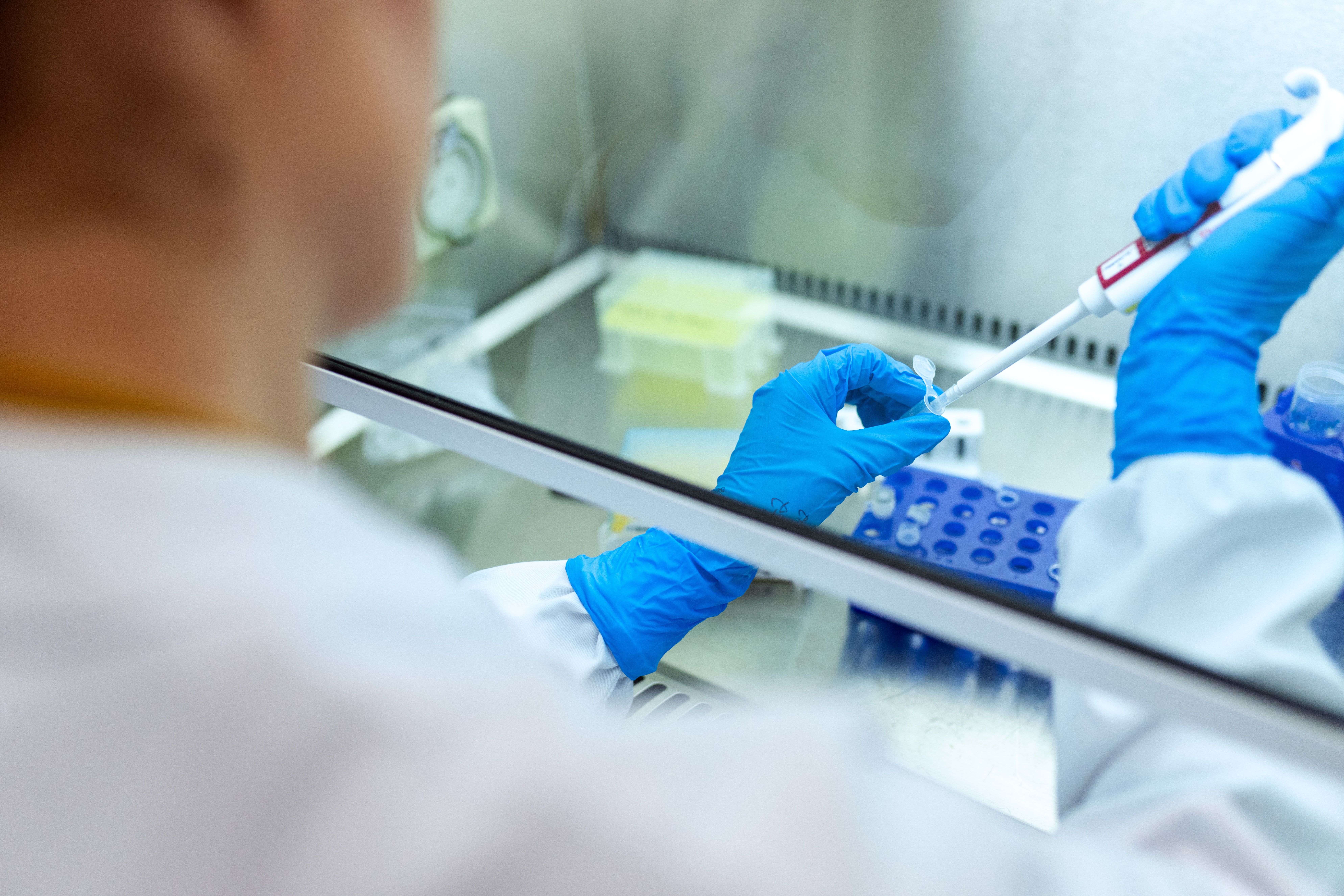An "UnLikely" Source of SARS-CoV-2 Remains a Possibility
Laboratory escape is described as an extremely unlikely source for SARS-CoV-2 in new WHO report, but questions posed to the researchers remain open.

Absent the finding of COVID-19 patient zero and identifying the initial SARS-CoV-2 vector, the recently reported World Health Organization (WHO) investigation into the possible origin in China could only narrow the possibilities within a range of likelihoods:
- Bats through another animal: "likely to very likely"
- Direct spread from bats to humans: "likely"
- Cold-chain food products: "possible but not likely"
- Laboratory escape: "extremely unlikely"
It is the last, least likely possibility which has the greatest potential to inflame geopolitical tensions, and remains the subject of some debate among researchers.It was also the scenario which prompted the greatest number of questions from the international press to WHO researchers during their briefing on the report, WHO-convened Global Study of Origins of SARS-CoV-2: China Part.
Questions about a possible laboratory origin and on how the WHO researchers inspected and assessed the laboratories were posed by several news outlets including France 24, the DPA from Germany, and USA Today. To the first question at the briefing, which was on that topic, from a correspondent with the Telegraph in the UK, Peter Ben Embarek, PhD, a food scientist, program manager at the WHO, and co-lead of the investigation's international team, responded with both assurances and caveats.
"We've put it in our report. It has been assessed. And, of course, since this was not the key or main focus of the joint (with China) studies, it did not receive the same depth of attention and work as the other hypotheses," Embarek said.
"Not saying that it was impossible, but not the one we would start initially going deeper into and focusing our attention on," he elaborated."But this being said...if there is a need to further explore this and potentially other hypothesis, of course we will continue to look into this hypothesis."
In his closing remarks at the briefing, WHO Director-General, Tedros Adhanom Ghebreyesus, PhD, noted that while the team had visited several laboratories in Wuhan and had considered the possibility of a laboratory origination, they had encountered difficulties in accessing raw data in this and other areas of their investigation.
"I do not believe that this assessment was extensive enough," Ghebreyesus said."Although the team has concluded that a laboratory leak is the least likely hypothesis, this requires further investigation, potentially with additional missions involving specialist experts, which I am ready to deploy."
Researchers outside the WHO have presented evidence and rationale for ruling out the laboratory origin scenario, as well as in support of the possibility and the need for further investigation.
In a letter to the editor of Nature Medicine, Kristian Andersen, PhD, Department of Immunology and Microbiology, The Scripps Research Institute, La Jolla, California, and colleagues describe evaluating the SARS-CoV-2 genome and related viruses and finding no evidence of it having been bioengineered in a laboratory.
Although they confirmed features of the virus that likely underlie the infectiousness and transmissibility in humans, they do not find that these indicate a purposefully manipulated virus.
"...since we observed all notable SARS-CoV-2 features, including the optimized RBD (receptor-binding domain) and polybasic cleavage site, in related conronaviruses in nature, we do not believe that any type of laboratory-based scenario is plausible," Andersen and colleagues indicated.
Rossana Segreto, PhD, Department of Microbiology, University of Innsbruck, Innsbruck, Austria, and colleagues argue in an editorial in Environmental Chemistry Letters that a possible laboratory origin should not be discounted. They suggest that those features of the virus that make it highly optimized for binding to human ACE2 are not easily explained by a natural zoonotic origin hypothesis, and that there is no evidence of early evolutionary adaptation in the sampling from infected humans.
Segreto and colleagues point to the novel furin cleavage site (FCS) insert in SARS-CoV-2 which confers pathogenetically advantageous properties; and to a flat ganglioside-binding domain (GBD) of the spike protein which conflicts with the host evasion survival patterns found in other coronaviruses.
Further, they suggest such features of SARS-CoV-2 would not require computational prediction in a level 4 virology laboratory to bioengineer, but could be created from less sophisticated exploitation of human and mouse peptide mimicry. They cite several examples of culturing and adapting coronaviruses and influenza A virus to different cell lines, including human airway epithelial cells, that have been conducted by various laboratories.
"We disagree with the hypothesis by Andersen et al that the high-affinity binding solution of SARS-CoV-2's RBD to human ACE2, which differs from the optimal binding solution modeled for SARS-CoV, provides strong evidence that SARS-CoV-2 could not have been engineered in a laboratory," Segreto and colleagues indicate.
"While a natural origin is still possible and the search for a potential host in nature should continue, the amount of peculiar genetic features identified in SARS-CoV-2's genome does not rule out a possible gain-of-function origin, which should be therefore discussed in an open scientific debate," they urge.
